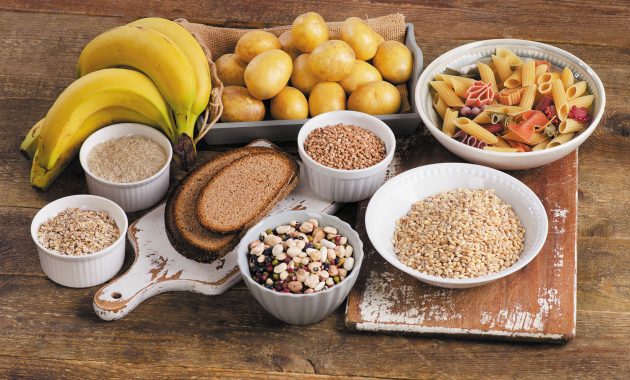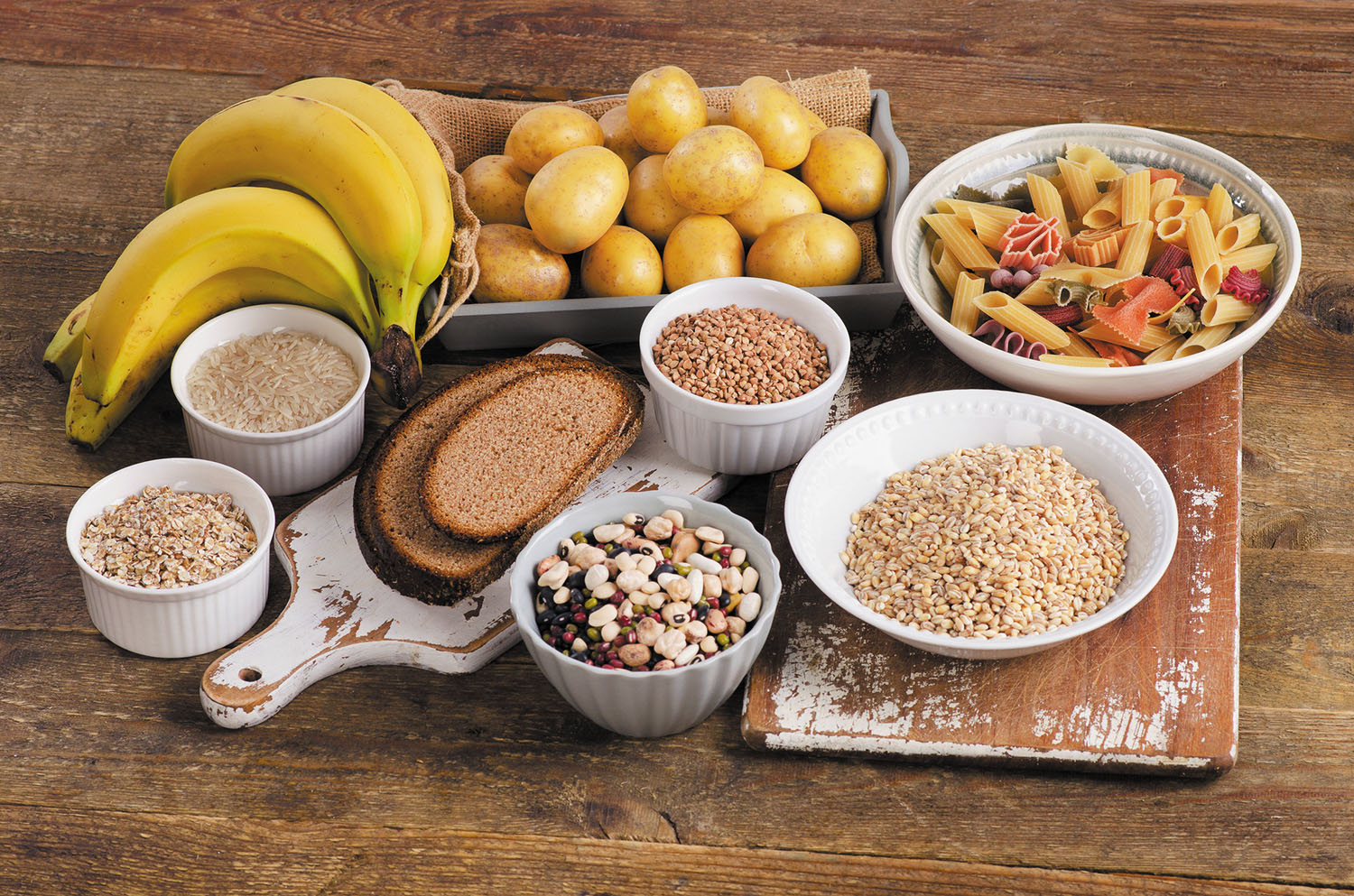
How to Eat Carbs the Smart Way With Diabetes: A Guide to Managing Blood Sugar
The diagnosis of diabetes can feel overwhelming. It often comes with a whirlwind of information about diet, exercise, and medication. One of the biggest adjustments involves understanding carbohydrates. This article explores how to eat carbs the smart way with diabetes. We will delve into the science behind carbs, their impact on blood sugar, and practical strategies for incorporating them into your diet. This approach will empower you to manage your condition effectively. It will also help you live a healthier, more fulfilling life.
Understanding Carbohydrates and Their Impact
Carbohydrates are one of the three main macronutrients. The other two are protein and fats. They are the body’s primary source of energy. When you consume carbohydrates, your body breaks them down into glucose (sugar). This glucose then enters your bloodstream. This process is crucial for fueling your cells. However, for individuals with diabetes, this process needs careful management.
The speed at which carbohydrates are digested and absorbed affects blood sugar levels. This is where the concept of the glycemic index (GI) and glycemic load (GL) comes into play. The GI measures how quickly a food raises blood sugar. The GL takes into account both the GI and the amount of carbohydrate in a serving. These tools help you make informed food choices. This is especially important when figuring how to eat carbs the smart way with diabetes.
Types of Carbohydrates
Carbohydrates are categorized into three main types:
- Sugars (Simple Carbohydrates): These are quickly digested and can cause rapid spikes in blood sugar. Examples include table sugar, honey, and fruit juice.
- Starches (Complex Carbohydrates): These are broken down more slowly than sugars. They provide a more sustained release of glucose. Examples include bread, pasta, and potatoes.
- Fiber (Complex Carbohydrate): This is a type of carbohydrate that the body cannot digest. It helps regulate blood sugar levels and promotes digestive health. Examples include fruits, vegetables, and whole grains.
Understanding these categories is essential when learning how to eat carbs the smart way with diabetes. It can help you choose foods that support stable blood sugar levels.
The Connection Between Carbs and Blood Sugar
For people with diabetes, the body either doesn’t produce enough insulin or cannot use insulin effectively. Insulin is the hormone that helps glucose enter cells for energy. When glucose cannot enter cells, it builds up in the bloodstream. This leads to high blood sugar levels (hyperglycemia). This is a hallmark of diabetes. Managing carbohydrate intake is vital to controlling blood sugar levels. It helps prevent both short-term and long-term complications. Learning how to eat carbs the smart way with diabetes is key to this management.
The amount and type of carbohydrates you consume directly affect your blood sugar levels. Choosing carbohydrate sources wisely is crucial. Consider the GI and GL of foods. Pairing carbohydrates with protein and healthy fats can also help slow down glucose absorption. This leads to more stable blood sugar levels.
Strategies for Smart Carb Consumption
Effective carbohydrate management is a cornerstone of diabetes care. Here are some practical strategies to help you learn how to eat carbs the smart way with diabetes:
Choose Carbohydrates Wisely
Focus on foods with a low GI and GL. Prioritize complex carbohydrates like whole grains, vegetables, and fruits. Limit your intake of processed foods, sugary drinks, and refined grains. These choices will provide better blood sugar control. They will also offer more nutrients. This is a fundamental aspect of how to eat carbs the smart way with diabetes.
- Whole Grains: Opt for brown rice, quinoa, oats, and whole-wheat bread.
- Vegetables: Load up on non-starchy vegetables. Examples are leafy greens, broccoli, and peppers.
- Fruits: Choose whole fruits over fruit juice. Control portion sizes.
Portion Control is Key
Even healthy carbohydrates can impact blood sugar if consumed in excess. Practice portion control to manage your carbohydrate intake effectively. Use measuring cups and food scales. Pay attention to serving sizes listed on food labels. This will help you stay within your target carbohydrate range. This is another important part of how to eat carbs the smart way with diabetes.
Consider using the plate method. Fill half your plate with non-starchy vegetables, one-quarter with lean protein, and one-quarter with carbohydrate-rich foods.
Pair Carbs with Protein and Healthy Fats
Combining carbohydrates with protein and healthy fats can slow down the digestion and absorption of glucose. This helps prevent rapid blood sugar spikes. Include protein and healthy fats in every meal and snack. This will help you manage your blood sugar more effectively. This is a smart way to learn how to eat carbs the smart way with diabetes.
- Protein Sources: Lean meats, poultry, fish, eggs, beans, and tofu.
- Healthy Fats: Avocados, nuts, seeds, olive oil, and fatty fish (like salmon).
Monitor Your Blood Sugar Regularly
Regular blood sugar monitoring is essential. It allows you to see how different foods and portion sizes affect your glucose levels. Keep a food diary. Track your meals and snacks. Note your blood sugar readings before and after meals. This data will help you identify patterns and make adjustments to your diet. This helps you learn how to eat carbs the smart way with diabetes.
Work with your healthcare provider. They can help you interpret your blood sugar readings. They can also help you adjust your meal plan and medication as needed.
Plan Your Meals and Snacks
Planning your meals and snacks in advance can help you make healthier choices. It also ensures you have carbohydrate-controlled options available. Prepare a weekly meal plan. Make a grocery list based on your plan. Pack snacks to take with you. This will prevent impulsive choices. This is a simple way to learn how to eat carbs the smart way with diabetes.
Consider including a variety of meals. This will keep your diet interesting and enjoyable. This helps you stay on track.
Sample Meal Plans and Food Choices
Here are some sample meal ideas to help you get started. Remember to consult with your healthcare provider or a registered dietitian for personalized guidance.
Breakfast
- Oatmeal with berries and nuts (controlled portion).
- Scrambled eggs with spinach and whole-wheat toast.
- Greek yogurt with a small portion of fruit and a sprinkle of granola.
Lunch
- Salad with grilled chicken or fish, mixed greens, vegetables, and a light vinaigrette.
- Whole-wheat sandwich with lean turkey or chicken, lettuce, tomato, and avocado.
- Lentil soup with a side salad.
Dinner
- Baked salmon with roasted vegetables and quinoa.
- Chicken stir-fry with plenty of vegetables and brown rice.
- Lean beef with a side of steamed broccoli and a small baked potato.
Snacks
- A handful of nuts.
- A small apple with a tablespoon of peanut butter.
- A few baby carrots with hummus.
The Role of Exercise
Regular physical activity is another crucial component of diabetes management. Exercise helps improve insulin sensitivity. It also helps your body use glucose more effectively. Aim for at least 150 minutes of moderate-intensity exercise per week. This includes activities like brisk walking, swimming, or cycling. Check your blood sugar before and after exercise. Make sure you are not experiencing any adverse effects. Exercise will also help you how to eat carbs the smart way with diabetes.
The Importance of Professional Guidance
Managing diabetes is a complex process. It is important to work closely with a healthcare team. This includes your doctor, a registered dietitian, and a certified diabetes educator. They can provide personalized guidance. They can also help you develop a meal plan. They can also help you adjust your medications. This will ensure you can effectively manage your condition. They can guide you on how to eat carbs the smart way with diabetes.
A registered dietitian can help you create a meal plan. It will be tailored to your individual needs and preferences. They can also teach you about carbohydrate counting. They can also teach you about portion control. This will empower you to make informed food choices. It also helps you understand how to eat carbs the smart way with diabetes.
Conclusion
Learning how to eat carbs the smart way with diabetes is crucial for effective diabetes management. By understanding carbohydrates, making smart food choices, and practicing portion control, you can maintain stable blood sugar levels. Combine these strategies with regular exercise and professional guidance. You can live a healthy and fulfilling life. It is important to be proactive and informed. It is also important to be consistent with your efforts. This will help you manage your diabetes. It will also help you achieve your health goals. This is the best way to learn how to eat carbs the smart way with diabetes.
[See also: Related Article Titles]

